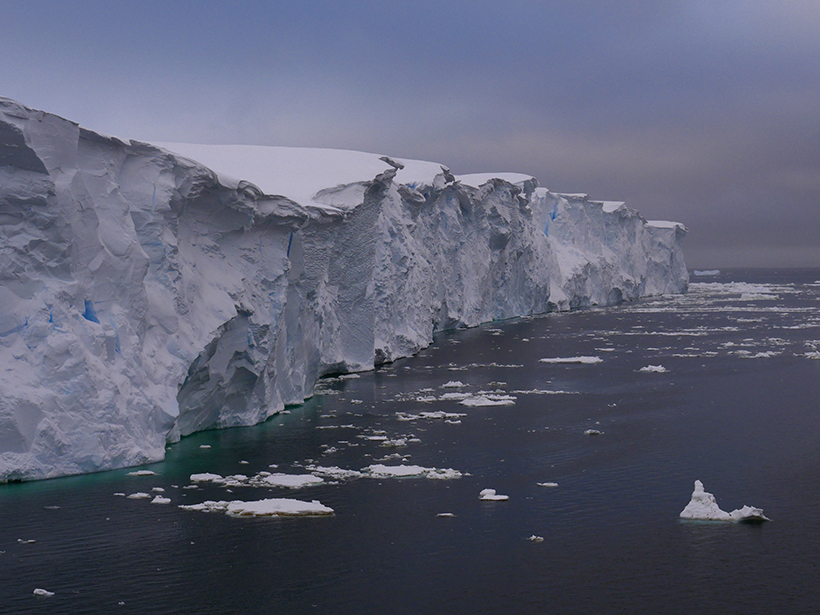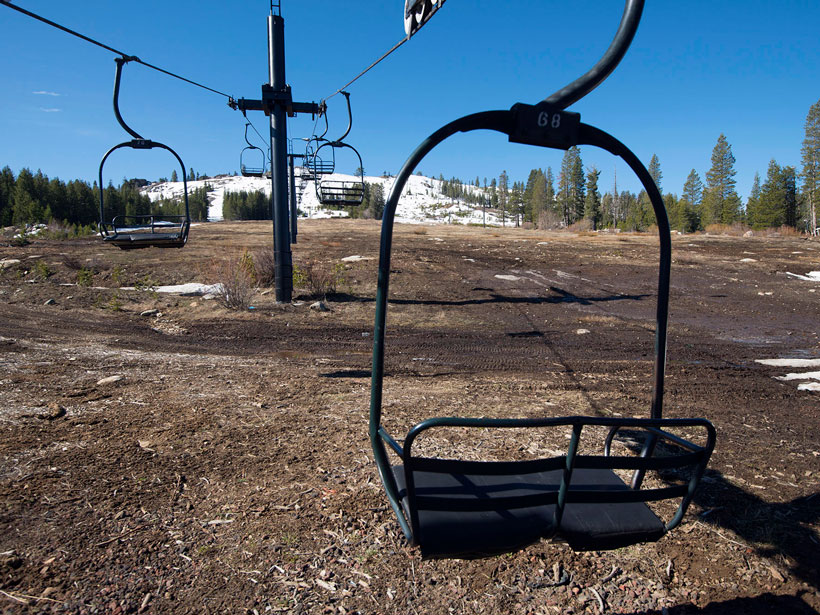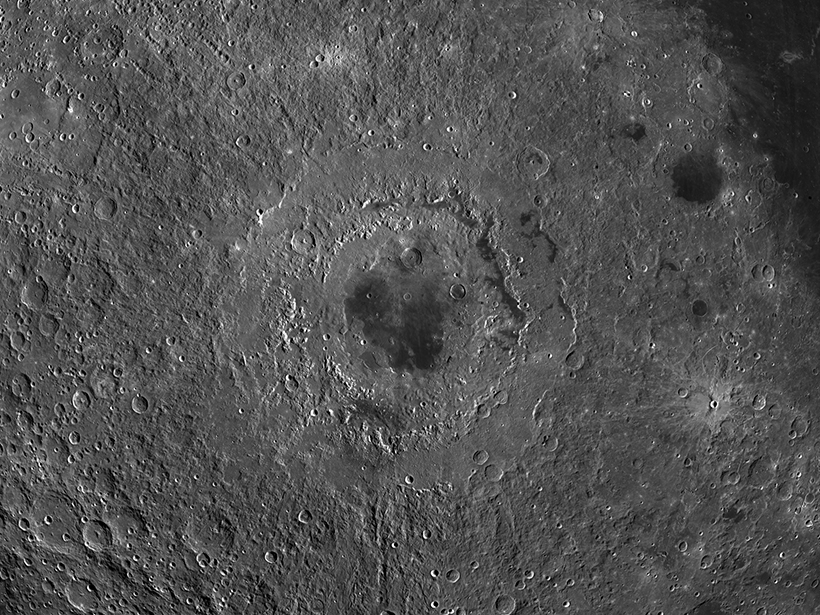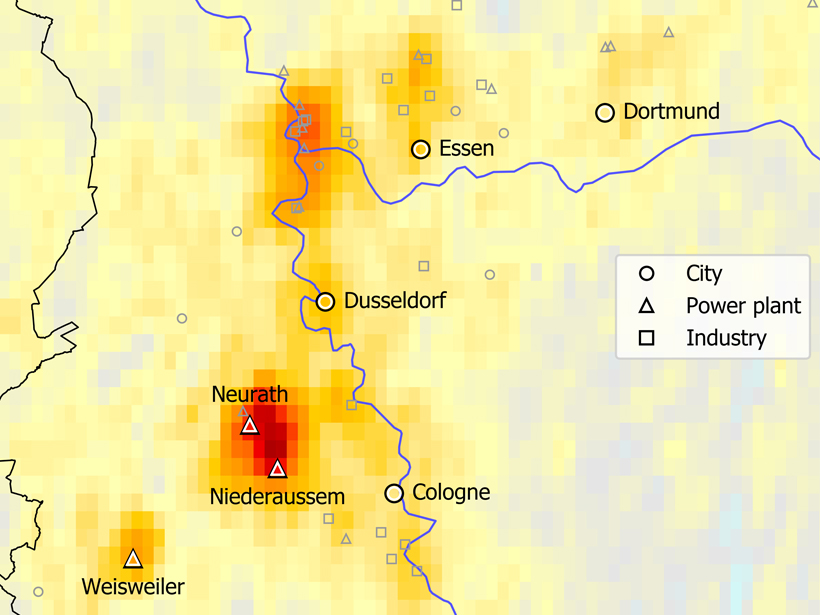Scientists detonate explosives in West Texas to prepare for fieldwork in West Antarctica.
News
2020 Hindsight: A Website for All Paleo-CO2 Data
A new website will soon compile and display all ancient atmospheric CO2 data.
House Democrats Introduce Ambitious Climate Change Plan
Legislation will call for a 100% clean U.S. economy by 2050.
First U.S. Airline Goes Carbon Neutral
JetBlue will buy carbon offsets for all domestic flights starting in July, but are carbon offsets enough to clean up a dirty industry?
Here’s What Your Favorite Ski Resort May Look Like in 2085
Ski seasons at many of North America’s western resorts might melt away by 2085 because of warming temperatures.
Rare Earthquake Swarm Strikes Puerto Rico
Puerto Rico hasn’t seen this many strong quakes in a single sequence since seismic monitoring began 46 years ago. The last earthquake to damage the island this badly occurred in 1918.
Rolling Rocks Reveal Recent Moonquakes
Using satellite images of the lunar surface, scientists find trails left by boulders shaken loose by seismic activity.
The Ice Giant Spacecraft of Our Dreams
Scientists imagined some innovative technologies that could enhance a future mission to Uranus or Neptune.
Body-Based Jargon Can Be Harassment When It Turns Sexual
Geology terms based on the human body are extremely common, but they can create a culture where sexualized language in the workplace, a type of harassment, is rampant.
Pinpointing Emission Sources from Space
Satellite data combined with wind models bring scientists one step closer to being able to monitor air pollution from space.










